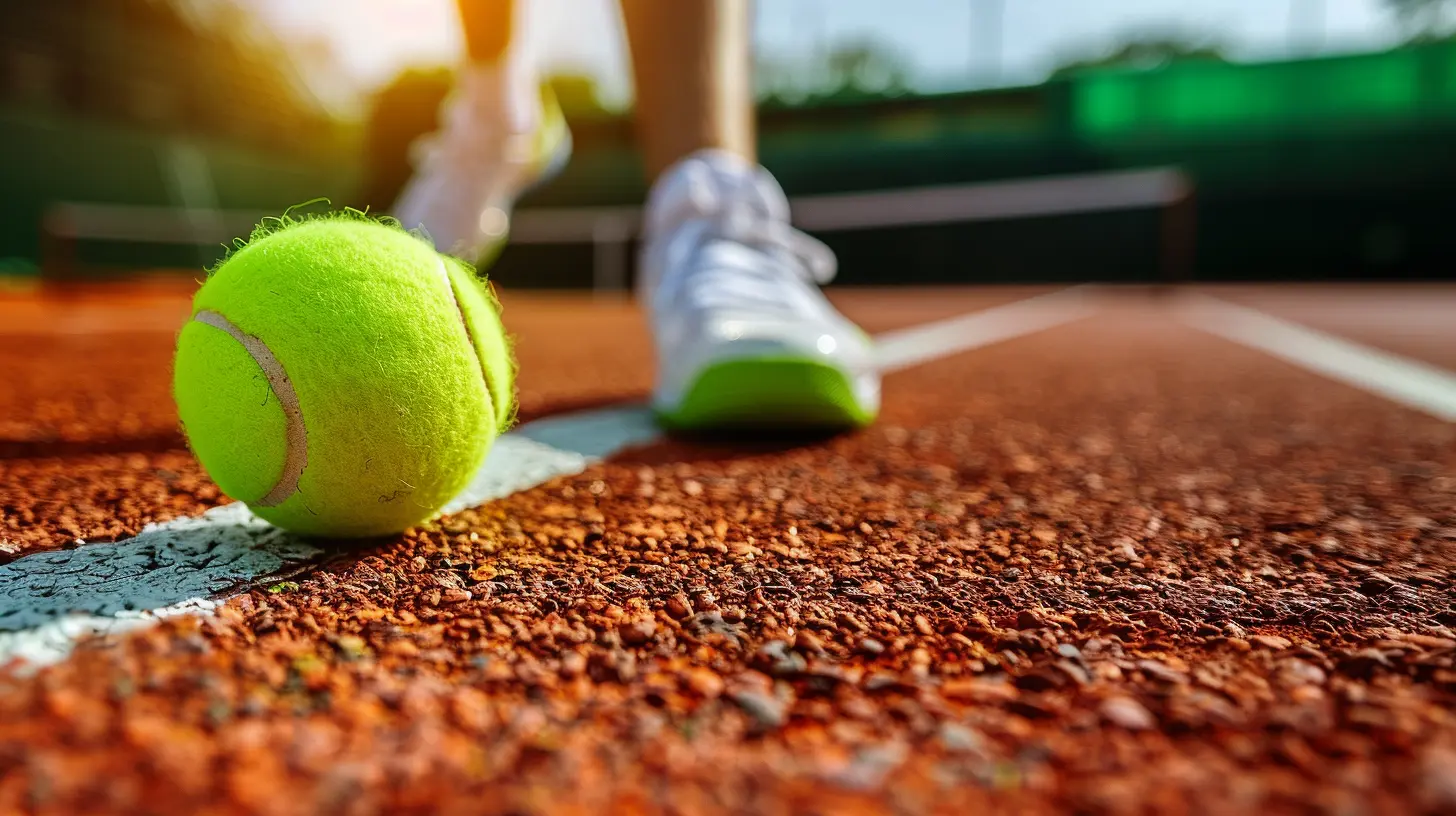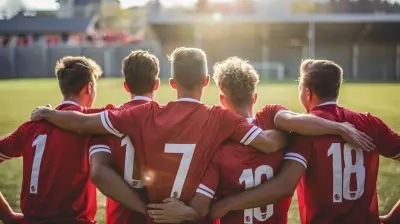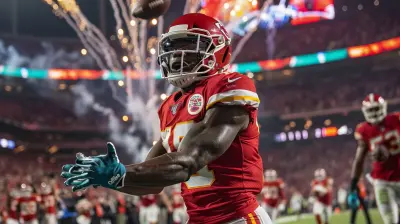How New Rules Are Affecting Sponsorship Deals and Brand Partnerships
12 November 2025
Let’s face it — the sports world is evolving fast. From jaw-dropping NIL (Name, Image, & Likeness) rights in college athletics to stringent new advertising regulations by governing bodies, everything is on the table. And you know who's feeling the impact the most? Yep, brands and sponsors.
If you’ve ever wondered how these new rules are shaking up sponsorship deals and brand partnerships, buckle up. We're diving deep into how the playbook for sponsorships is being rewritten—one bold regulation at a time.
The Ever-Changing Landscape of Sports Regulations
Before we deep dive, let’s paint the picture: imagine you’re a brand manager for a major energy drink company. You’ve just signed a promising young athlete as your brand ambassador. Everything’s golden until—bam! A new regulation drops that limits advertising for your category at sporting events. Now what?That’s exactly what’s happening across the board. Governing bodies like the NCAA, FIFA, and even the Olympics committee are tightening guidelines. While the intent is often noble—protecting player rights, promoting fair play, or maintaining audience trust—the ripple effect on sponsorship deals is massive.
NIL: The Game-Changer in Collegiate Sports
Remember when college athletes couldn’t make a dime off their image? That’s old news. Thanks to NIL rights, student-athletes can now sign brand deals, promote products, and build personal brands while still in school.So, what’s changed?
- The sponsorship playing field just exploded. Brands no longer have to wait for athletes to go pro. Now, they’re diving in early to build long-term relationships.- Local brands are winning too. You don’t have to be Nike or Adidas to play. Local gyms, apparel shops, and even restaurants are partnering with college athletes for authentic, community-based marketing.
But it’s not all sunshine and endorsement deals. Compliance officers are working overtime. Schools are scrambling to provide education on branding, contracts, and taxes. And brands? They’re walking a tightrope, making sure deals follow each state’s unique NIL laws.
Regulation Crackdowns in Pro Sports
Let’s shift the spotlight to pro sports. Regulatory changes here are no joke. Whether it’s restrictions on gambling sponsorships or new media rights rules, brands are needing to pivot constantly.Gambling Sponsorships: The Double-Edged Sword
As sports betting becomes legal in more places, leagues are embracing partnerships with betting companies. But it’s not a free-for-all:- Some leagues limit ad placements during broadcasts.
- Others restrict which athletes can endorse these companies.
So while betting companies are pouring money into the market, brands need to be savvy. It's like walking a marketing minefield—you don’t want to step in the wrong place and face public backlash or even legal penalties.
The Rise of Athlete-Driven Branding
Here’s where the script flips—athletes themselves are now becoming brands. Think LeBron James, Naomi Osaka, or even up-and-comers like Sha’Carri Richardson. They’re not just athletes—they’re media empires.Why does this matter?
Because these athletes are calling the shots in sponsorships now. And guess what? They care about authenticity, purpose-driven branding, and social impact.New rules favor this shift by allowing athletes more control over their image and earnings. For brands, it means partnerships need to be more meaningful and aligned with an athlete’s values. A random slap-your-logo-on-a-jersey deal? That’s just not cutting it anymore.
Global Events and Tightened Restrictions
Global sporting events like the Olympics and World Cup are iconic branding stages. But lately, the rules have gotten stricter here too.Rule 40 – The Olympic Puzzle
Ever heard of Rule 40? It prohibits non-official Olympic sponsors from featuring athletes in ads during the Games. That’s a huge blow to brands who spent years nurturing athlete relationships.These rules are forcing companies to think outside the box:
- Pre-Games campaigns that stop right before the blackout dates.
- Social media takeovers to keep visibility without technically violating rules.
- Ambush marketing tactics (though risky) that hint at involvement without explicit branding.
It’s like trying to score a goal with your hands tied behind your back—challenging but not impossible if you're clever.
New Rules = New Risks
Let’s be real. Every new rule comes with a set of new risks. Brands entering partnerships without a clear understanding of the legal landscape are playing with fire.Potential Pitfalls:
- Non-compliance penalties: Imagine losing millions on a campaign because you didn’t read the fine print.- Reputation damage: One wrong move, and the public backlash can be brutal (thank you, social media).
- Shorter contract lifespans: Uncertainty means even the biggest deals are getting shorter and more flexible.
So, what’s the move? Brands need legal advisors at the table from day one. And partnerships must be built on transparency and adaptability.
The Data Privacy Layer
Another curveball? Data and privacy laws. With GDPR in Europe and various state-level laws in the U.S., how brands collect and use fan data is under scrutiny.Sponsorship isn’t just about slapping logos anymore. It’s data-driven. But using that data for promotions, retargeting, and customized fan experiences has to be done by the book—no exceptions.
Data privacy rules are putting a leash on how far brands can go with personalization. And that means rethinking strategies to stay compliant and effective.
Social Issues and Brand Alignment
Let’s talk activism. Athletes today aren’t staying silent, and neither should the brands that back them.Why it matters now more than ever:
New governance rules are encouraging athletes to voice their opinions and push for change. Brands aligning with these athletes need to walk the walk too.- Fake activism? Fans will sniff it out.
- Conflicting values? That partnership is DOA.
So when new rules create space for athlete advocacy, brands must respond with authenticity and integrity. It’s not just a PR move—it’s a commitment.
Top Strategies for Brands Navigating the New Rulebook
All these changes aren’t just hurdles—they’re opportunities. Here’s how brands can thrive in this new era:1. Stay Agile
Don’t lock yourself into one-size-fits-all contracts. Flexibility is the name of the game now. Build room for pivoting and re-evaluating deals as rules evolve.2. Invest in Compliance
This isn’t exciting, but absolutely crucial. Have legal experts review every deal, especially in regulated spaces like gambling, alcohol, and CBD.3. Think Local, Act Personal
With NIL and regional sponsorships on the rise, smaller markets are golden now. Hyper-local campaigns feel more connected and are often easier to navigate rule-wise.4. Choose Athletes Who Share Your Brand Values
Gone are the days of picking the most popular face. Now it’s about synergy. When your brand values align with the athlete’s beliefs, magic happens—and fans notice.5. Lean into Digital & Social Media
With restrictions tightening at event venues and on traditional media, digital is the wild west—ripe with opportunity. Social campaigns, influencer collabs, and UGC (user-generated content) give brands creative freedom while staying compliant.Future Outlook: Adapt or Get Left Behind
Let’s wrap this up with a reality check: The sports sponsorship world isn’t going back to “normal.” The rulebook is changing, and it’s rewriting how brands play the game.But here’s the silver lining: Those who adapt, innovate, and lead with authenticity? They’re not just surviving—they’re dominating.
So whether you're a scrappy startup eyeing your first college athlete partnership or a global brand navigating the maze of international regulations, one thing’s for sure…
You're not on the sidelines anymore. You’re in the game. Just play smart.
all images in this post were generated using AI tools
Category:
New RulesAuthor:

Preston Wilkins

